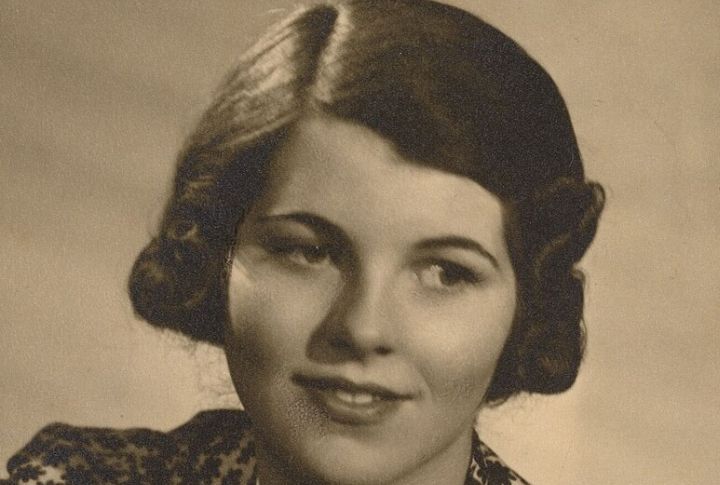
A few decades back, having brain surgery wasn’t always about saving lives. Lobotomies promised peace of mind, literally. But behind the promise, patients were often left diminished or forgotten. Some medical pioneers pushed the limits, and they later became cautionary tales. Here are 10 real-life stories that reveal how disturbing the history of lobotomy truly is.
Rosemary Kennedy’s Secret Surgery
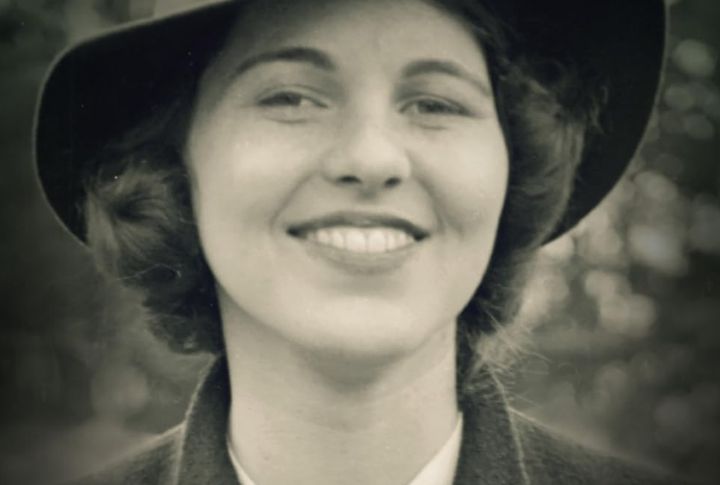
In a family obsessed with image, secrets carried weight. Rosemary, daughter of Joseph Kennedy Sr., was seen as moody and impulsive. At 23, her father approved a lobotomy without telling her mother. It left her barely able to speak or walk. She became the Kennedy no one mentioned for decades.
Howard Dully’s Childhood Procedure
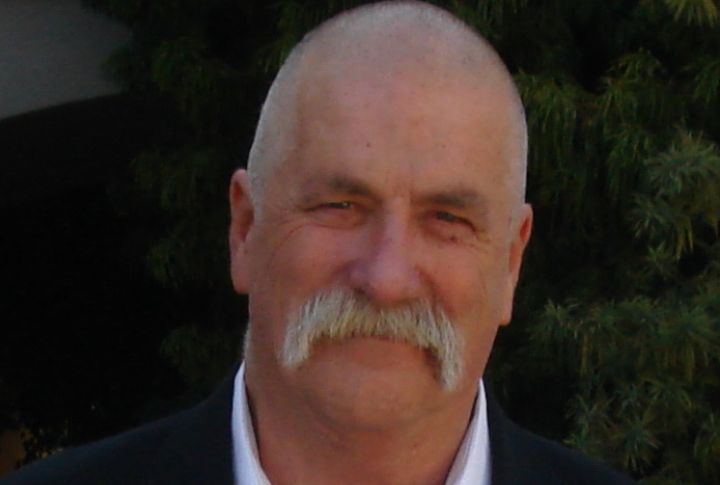
What happens when childhood quirks are mistaken for madness? Howard Dully found out at 12. Labeled “unmanageable” by a resentful stepmother, he was lobotomized without any clinical diagnosis. Scans later revealed brain damage. He spent years trying to understand what was taken from him and turned his pain into testimony.
Freeman’s 10-Minute Ice Pick Method
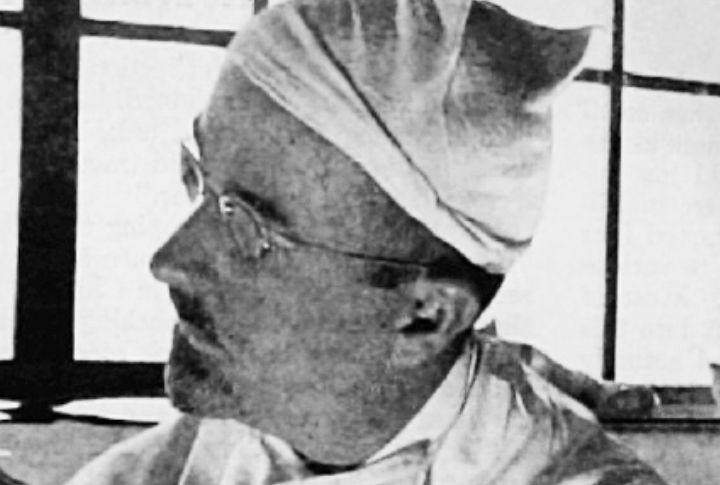
Dr. Freeman’s tools were simple: an ice pick, a hammer, and no anesthesia. What he lacked in surgical credentials, he made up for in volume. Traveling from state to state, he performed lobotomies in motels and once did 25 in a single day. His methods shocked everyone, but they weren’t rare.
Frances Farmer’s Forced Lobotomy Legend

Her name lit up movie posters, but her story took a darker turn. Frances Farmer vanished from screens and into institutions. Rumors swirled: was she lobotomized? Her erratic behavior and long silence added fuel. Official confirmation never came, but her story still sparks debate about how women in distress were “treated” by the world.
The Soldier Silenced By Surgery

Roman Tritz came home from WWII expecting peace. Instead, he faced doctors armed with scalpels. Lobotomized by the VA for combat trauma, the once-vocal veteran lost his speech and motor skills. His case wasn’t rare, as the VA approved hundreds. His silence became a symbol, eventually cited in military medical archives as a mistake.
The Ohio Asylum Assembly Line

In some corners of Ohio, lobotomy became routine under Dr. Walter Jackson Freeman II. Children as young as 11 were operated on for minor behavioral issues. At one hospital, Freeman hosted “demonstrations” of his transorbital lobotomy for curious onlookers. Patients were sedated with electroshock, then lobotomized, often with no detailed records—just numbers in a grim production line of suffering.
The Twins Separated By A Scalpel

In the 1950s United States, some siblings institutionalized together faced drastically different fates. In several reported cases, one sibling—sometimes a twin—was lobotomized without proper consent, while the other was not. Families witnessed heartbreaking changes as the operated sibling’s personality and abilities were profoundly altered.
Japan’s Underground Lobotomy Cases
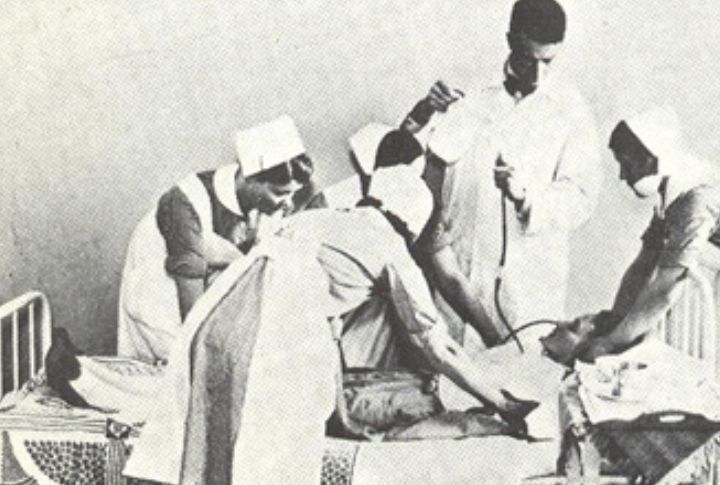
In postwar Japan, official records downplayed it, yet survivors told another story. Women with trauma or defiant behavior were quietly lobotomized. The operations were often undocumented, sometimes illegal. Firsthand accounts surfaced years later and revealed an underground wave of procedures that mirrored the West’s darkest psychiatric practices.
The “Rest Cure” That Wrecked Lives

Being tired or outspoken was once enough to be at risk. In the ’40s and ’50s, housewives diagnosed as “nervous” were institutionalized and lobotomized. Some were committed by husbands. Their identities were erased, names were changed, and they were locked behind psychiatric walls. What began as a “rest cure” turned into a permanent, silencing solution.
Lobotomies In The Name Of “Curing” Homosexuality
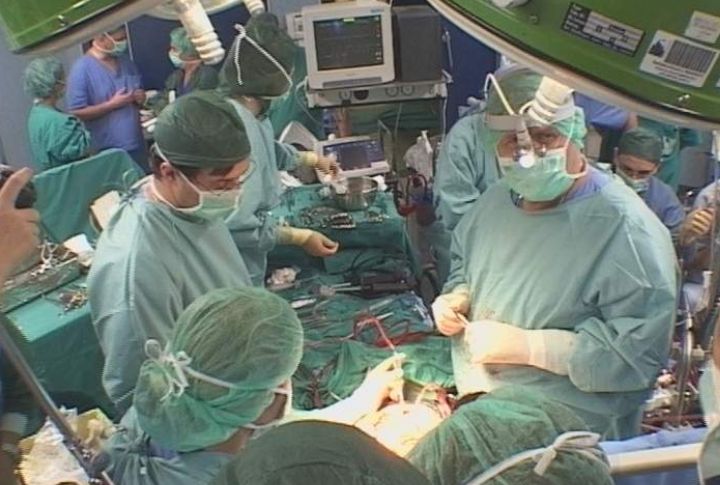
During the mid-20th century, some psychiatrists claimed lobotomy could “cure” homosexuality, which was then classified as a mental disorder. Patients—often young men and women—were subjected to brain surgery in a misguided attempt to change their sexual orientation. The results were devastating: instead of “curing” anyone, the procedure left many with severe cognitive and emotional impairments.

